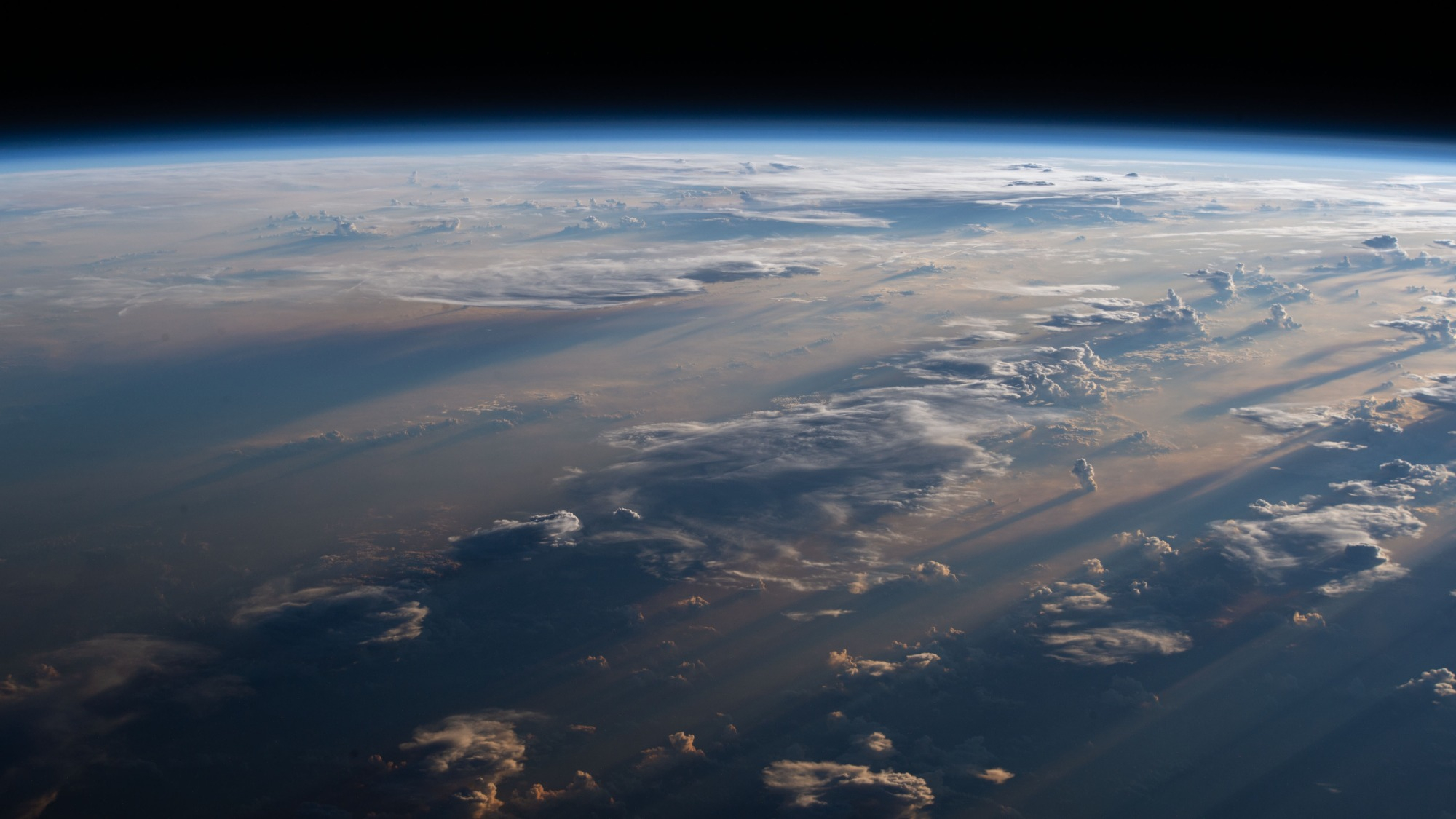

In elementary school science class, we learned that the Earth has three main layers: the crust, mantle, and the core. In reality, the core—which is over 4,000 miles wide—has two layers: a liquid outer core and a solid and dense inner core made mostly of iron that actually rotates.
A study published January 23 in the journal Nature Geoscience finds that this rotation may have paused recently—and could possibly be reversing. The team from Peking University in China believe that these findings could indicate that the changes in the rotation occur on a decadal scale and are helping us understand more about how what’s going on deep beneath the Earth affects the surface.
[Related: A rare gas is leaking from Earth’s core. Could it be a clue to the planet’s creation?]
The Earth’s inner core is separated from the rest of the solid Earth by its liquid outer core, so it rotates at a different pace and direction than the planet itself. A magnetic field created by the outer core generates the spin and the mantle’s gravitational effects balance it out. Understanding how the inner core rotates could shed light on how all of the Earth’s layers interact.
In this study, seismologists Yi Yang and Xiaodong Song looked at seismic waves. They analyzed the difference in the waveform and travel time of the waves created during near-identical earthquakes that have passed along similar paths through the Earth’s inner core since the 1960s. They particularly studied the earthquakes that struck between 1995 and 2021.
Before 2009, the inner core appeared to be rotating slightly faster than the surface and mantle, but the rotation began slowing down and paused around 2009. Looking down at the core now wouldn’t reveal any spinning since the inner core and surface are spinning at roughly the same rate.
“That means it’s not a steady rotation as was originally reported some 20 years ago, but it’s actually more complicated,” Bruce Buffett, a professor of earth and planetary science at the University of California, Berkeley, told the New Scientist.
[Related: Scientists wielded giant lasers to simulate an exoplanet’s super-hot core.]
Additionally, the team believes that this could be associated with a reversal of the inner core rotation on a seven-decade schedule. They believe that a previous turning point occurred in the early 1970s and say that this variation does correlate with small changes in geophysical observations at the Earth’s surface, such as the length of a day or changes in magnetic fields.
The authors conclude that this fluctuation in the inner core’s rotation that coincides with some periodic changes in the Earth’s surface system, demonstrates the interactions occurring between Earth’s different layers.
However, scientists are debating the speed of the rotation and whether it varies. This new theory is just one of several models explaining the rotation. “It’s weird that there’s a solid iron ball kind of floating in the middle of the Earth,” John Vidale, a seismologist at the University of Southern California who was not involved with the study, told The New York Times. “No matter which model you like, there’s some data that disagrees with it.”
Since studying the inner core is very difficult and physically going there is almost impossible (unless you’re famed sci-fi author Jules Verne), what’s really going on in the Earth’s core could always remain a mystery.
